#nsu sport prinz
Text
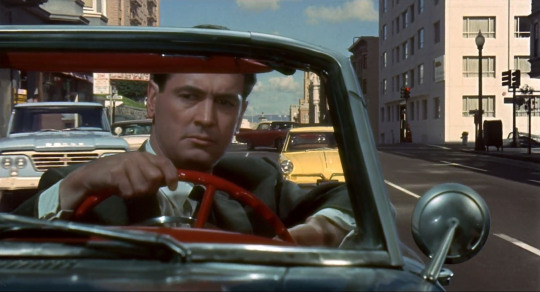
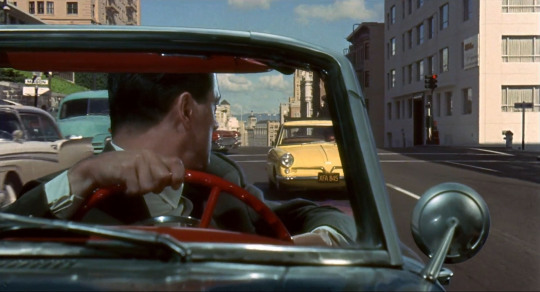
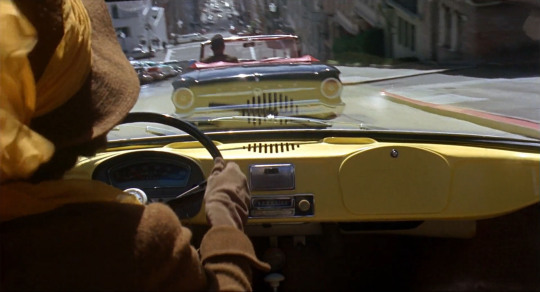
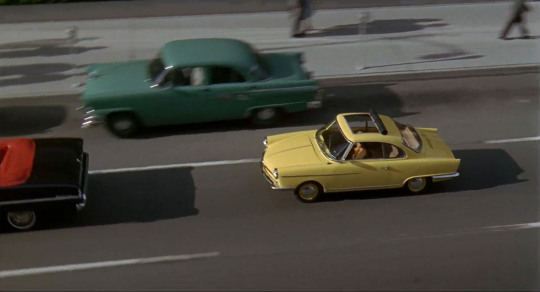



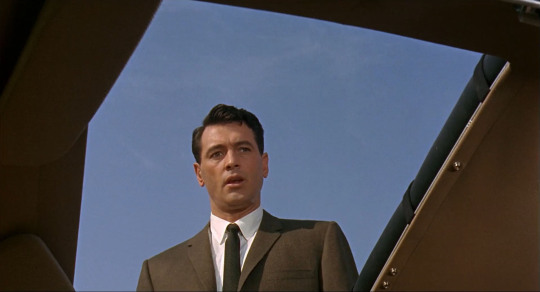
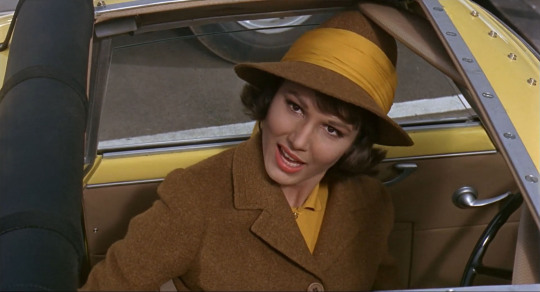
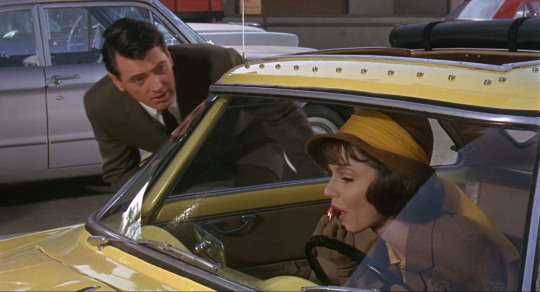
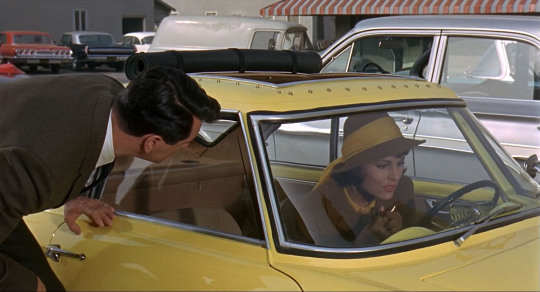
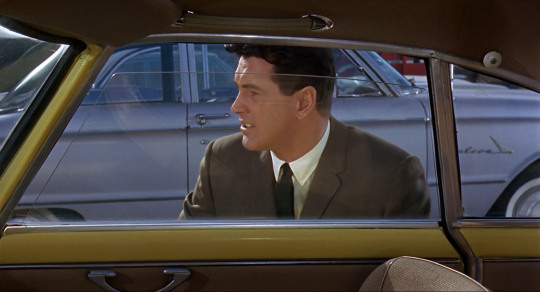
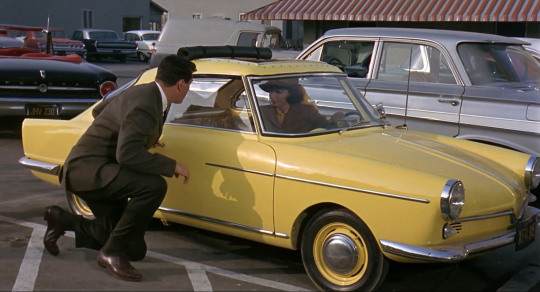
1959 NSU Sport Prinz, designed by Franco Scaglione for Bertone, in Man's Favorite Sport? (1964)
#franco scaglione#man's favorite sport#man's favorite sport?#1964#howard hawks#paula prentiss#rock hudson#nsu prinz#nsu#nsu sport prinz#50s cars#bertone#movie cars#coupe#2 seater#yellow#60s movies#1960s film#tiny car
5 notes
·
View notes
Text

1959 NSU Sport Prinz
8 notes
·
View notes
Text



1959 NSU Sport Prinz
My tumblr-blogs: germancarssince1946 & frenchcarssince1946
0 notes
Text
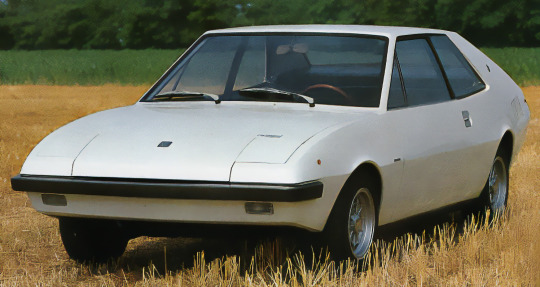

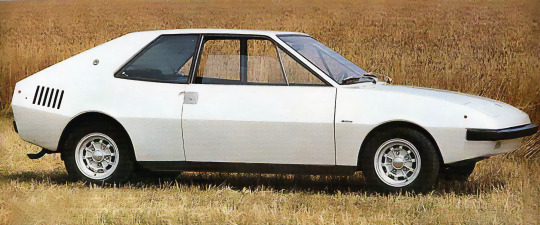
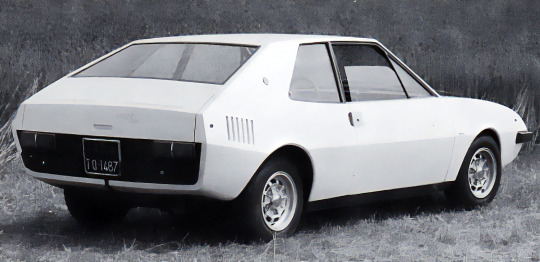
NSU Nergal Concept, 1970, by Aldo Sessano. A prototype for a new generation model based on the Prinz 4. Unfortunately by 1970 NSU has been taken over by VW who weren't interesting in persevering with NSU's rear-engined small car range. The design was recycled for the Seat 1200 Sport
#NSU#NSU Nergal#rear engine#NSU Prinz 4#1970#concept#prototype#design study#Sessano#Aldo Sessano#dead brands
220 notes
·
View notes
Video
<strong>1960 NSU Sport Prinz (U.S. Ad) <a href="https://www.flickr.com/photos/autohistorian/">by Alden Jewell</a></strong>
"An attractive little sport coupe with body by Bertone."
5 notes
·
View notes
Photo

NSU Prinz Sport dans Starter de Jidéhem, pour Spirou. - source Jean-Pol Arnould.
33 notes
·
View notes
Photo
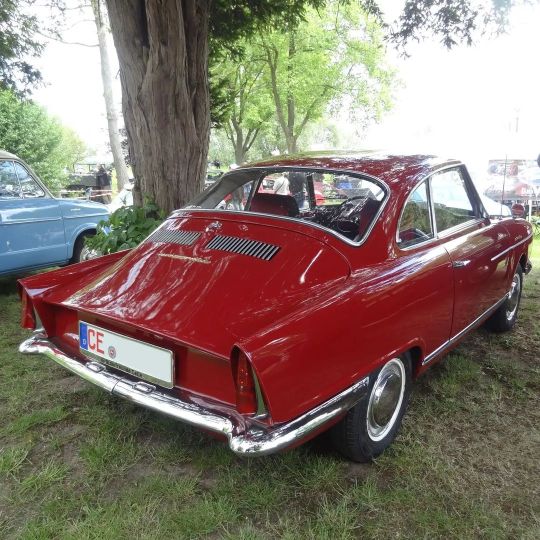
NSU Sport-Prinz (1959–1967) for @carsrob 's #coupeweek. Designed by Franco Scaglione at Bertone. 20,831 units were built, the first 2,715 (?) ones at Bertone in Turin and the others in Neckarsulm. #NSUSportPrinz #SportPrinz #FrancoScaglione #Bertone #nsuprinzsport #NSUPrinz #NSU #NSUMotorenwerke #coupe #rarecar #classicaudi #vintageaudi #germancar #carspotting #carspotter #classiccarspotting #oldtimer #classiccar #vintagecar #CarPhotography #petrolicious #classiccaroftheday #classicsdaily #classiccarsdaily #carsofinstagram #automotivephotography #carworld #teilixnsu (hier: Rethem) https://www.instagram.com/p/CWnlpkLIXlt/?utm_medium=tumblr
#coupeweek#nsusportprinz#sportprinz#francoscaglione#bertone#nsuprinzsport#nsuprinz#nsu#nsumotorenwerke#coupe#rarecar#classicaudi#vintageaudi#germancar#carspotting#carspotter#classiccarspotting#oldtimer#classiccar#vintagecar#carphotography#petrolicious#classiccaroftheday#classicsdaily#classiccarsdaily#carsofinstagram#automotivephotography#carworld#teilixnsu
24 notes
·
View notes
Photo



1967 NSU Sport Prinz
1964 NSU Prinz
1967 NSU Wankel Spider
1 note
·
View note
Photo

A Sunday flashback today to 1970s France and a spectacularly diverse array of machines that were, at the time, just people’s regular cars. So where are we? Rouen, more specifically Rue de l’Écureuil. In the background is L’église Saint-Laurent, which ceased being a Church way back in 1791. It’s housed the Musée Le Secq des Tournelles, dedicated to historic metal works (appropriate!) since 1920. What are these cars? From left to right: A Lancia Flavia Sport, an NSU Prinz 4, a Renault 4 Van, and a Citroën ID19. Swipe left to see each one in detail! The Lancia is, of course, the rarest and most exotic of our quartet. Just 626* Flavia Sports were made, all bodied in aluminum by Zagato. Based on Prof. Antonio Fessia’s Flavia, the Flavia Sport was a lightweight, pumped-up version Lancia hoped would win rallies and look cool. It had a short competition career but it certainly looked radical, easily the most eccentric “production” car ever to come from Zagato. Ercole Spada penned it in 1962, and it was produced until Lancia desperately started to rationalize in 1967. If the NSU Prinz 4 looks like a Corvair, that’s by design as Germany’s NSU thought Ned Nickles’ Corvair styling was exactly what their cars should look like. It bowed at the ‘61 Frankfurt show. The Corvair inspired many Euro designs, but few more so than the Prinz. Though it later grew into the 4-cyl Prinz 1000, the “Prinz 4” used the air-cooled V-twin from the 1950s Prinz. The 2-cyl continued as the 4L and Super Prinz into 1973, succeeded by the Audi 50. Renault R4 Fourgonnettes are still a common sight all over France as it was on sale for 30 years, with the last leaving dealer lots in 1993. Along with Citroën’s 2CV and Dyane truckettes, they served pretty much every kind of business in France. “Plascose” was a floor covering business. It can be hard to tell individual models sometimes, but we think this is an early 60s Citroën ID19. The ID was a more affordable de-contented version of the DS, with the same engine but a smaller carburetor and a conventional clutch and non-power steering in place of the DS’ hydraulic units. The ID was a staple of middle-class motoring in France for decades. (at Musée Le Secq des Tournelles) https://www.instagram.com/p/CIvu6GDFCJ_/?igshid=1hk51e5t0ge18
2 notes
·
View notes
Photo

1974 MÜNCH MAMMOTH TTS-E 1200 -The motorcycle world is a richer place for the likes of Friedl Münch. Starting in 1966, working out of his shop in West Germany, he gave us one of the most interesting, charismatic motorcycles ever to roll a wheel. His Münch Mammoth – Mammut in German – can rightfully lay claim to being the world's first superbike. "It was simply the fastest, most powerful, most expensive bike of its time," wrote moto-historian Hugo Wilson of the outrageous machine.
Not content with the twin-cylinder motors powering most bikes of the day, Münch went to the automotive arena and plucked the engine from an NSU 1000 TT Prinz. In retrospect, this engine seems almost perfectly suited for motorcycle use. Four cylinders in line, 1,000cc, air-cooled, with a single overhead cam and a rugged five-main-bearing crankshaft. The Münch-designed frame was a robust twin-cradle affair, obviously inspired by the stellar Norton Featherbed, best of the day. Two years before Honda's blockbuster CB750, Münch produced the world's first modern inline-four.
Not that it was a simple drop-in operation. Münch would need to fabricate an oil pan, primary cover and gearbox case – the latter carrying a modified four-speed cluster from the defunct Horex operation. He wanted more horsepower than stock, so camshafts had to be developed, dual-throat Weber carburetors fitted. No problem for Friedl, engineer and inveterate tinkerer.
Everywhere your eyes fall on a Münch, you see components designed without regard to cost. Friedl Münch was an indefatigable one-man design team, not hemmed in by norms in his pursuit of weight savings, power or speed. Münch's metal of choice for his castings was electron, a magnesium-alloy lighter than aluminum, though harder to work with. Besides various covers and cases, he used electron for the one-piece seat base/rear fender, the double-leading-shoe front brake of his own design and the vaned rear wheel, also his own design and the first cast motorcycle rim to make production. Like the rest of the bike, the exotic metal was not cheap: At a time when a top-of-the-line BMW sold for $1,895, buyers had to part with $4,000 to acquire one of those first Münch Mammoths.
Only a handful of the Series 1 Mammoths were built, as few as 14, with just nine making their way to America, where they were sold as Clymer-Münch Mammoth IVs, thanks to a partnership with publisher and wheeler-dealer Floyd Clymer. Clymer's ad slogan for the bikes was, "Built up to a Standard, Not Down to a Price." Upon Clymer's death in 1970, importation of subsequent Mammoths passed through a variety of hands. Worldwide it's estimated that perhaps 500 bikes were built before operations ceased in 1975 – though as has been pointed out, bookkeeping was never Friedl's strongpoint.
As production continued into the Seventies, in effect every machine was a special order, no two alike. This 1974 TTS-E, built for Ford of Europe engineer Helmut Bickenbach, illustrates the point perfectly. With the Alps in his backyard, Bickenbach liked to sport tour, so ordered frame no. 246 as the foundation of a long-wheelbase chassis, some 2-3in. longer than the usual short-coupled Münchs. By '74 stock displacement had grown to 1200cc, but in search of 100bhp he specified the engine be bored to 1286cc, requiring separate cast iron cylinder barrels. Also added to the work order was a high-lift cam, bigger valves and a quad-port Kugelfischer mechanical fuel -injection sytem – making the bike an Einspritzer, hence the E in its model designation. In those days before electronic onboard computers, fuel injection had to mechanically mapped, accomplished here by a quaint ramp-and-ball setup.
By request the TTS-E was outfitted with a long-distance fuel tank holding almost 9gal., plus a well-padded solo seat complete with lidded tool compartment. The optional single 200mm Sportlich headlight was selected over the usual dual-beam arrangement. Leading the TTS down the road was a stout fork assembly made to Münch's specs by the UK's Rickman Brothers to accommodate Friedl's massive 250mm four-shoe racing brake. Also on Bickenbach's wish-list were twin oil coolers and a chromed luggage rack that also served as mounting point for a pair of saddlebags.
Second owner of this TTS-E was Perry Bushong, master mechanic, Münch aficionado and formerly the longtime BMW dealer in Fort Worth. He purchased the bike in 1986 from Bickenbach, who had been transferred to Detroit and taken the Münch with him. Bushong actually met Friedl Münch in the mid-'60s on a trip to Germany. The two remained in touch and became friends; in fact, on a visit to the U.S. Münch made a point of visiting Texas to see Bushong – and to lay hands on the bike's timing, which had been acting up.
Bushong enjoyed the Münch for 25-plus years and put on most of the 23,000 kilometers now showing. In 2012, John Landstrom of Blue Moon Cycle in Norcross, Georgia became the third and current owner of Münch TTS-E no. 246. In his care it was shown at the exclusive Hilton Head Concours in 2017, and now, with a new battery and fresh tune-up, is ready for a new owner to enjoy. Included in the sale are an owner's handbook, service records/receipts going back to 1974, original advertising poster and sales brochure, original German and Texas titles, and hand-written notes by Friedl Münch.
Mr. Münch is no longer with us, but his motorcycles remain – rare, quirky, charismatic, technically advanced, historically significant, a fitting reflection of the man who made them.33833818 CommentsLikeComment
4 notes
·
View notes
Photo

Mans Favorite Sport Paula Prentiss drives a 1959 NSU Sport Prinz and is heckled by Rock Hudson in a scene from Mans Favorite Sport (1964)
4 notes
·
View notes
Photo






1960 NSU Sport Prinz. Powered by a 30 HP 2 cylinder.
28 notes
·
View notes
Photo




NSU Sport Prinz, 1958. Designed by Franco Scaglione at Bertone. The first 250 bodies were built by Carrozzeria Bertone in Turin with the remainder of the production run built in Neckarsulm by Drautz, a coachbuilder who were later taken over by NSU. In total 20,831 were manufactured between 1958 and 1968. The Sport Prinz formed the basis of the NSU Spider, the world’s first rotary-engined production car
#NSU#NSU Sport Prinz#NSU Prinz#1958#Franco Scaglione#Bertone#Carrozzeria Bertone#rear engine#dead brands#coachbuilt#sports coupé
150 notes
·
View notes
Photo

#diecast #Corgi 316 NSU Prinz Sport new or updated at www.diecastplus.info
0 notes
Photo

eBay: NSU PRINZ SPORT COUPE 1965 RARE CAR http://rssdata.net/Q5GBNp #classiccars #cars
1 note
·
View note
